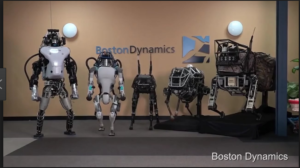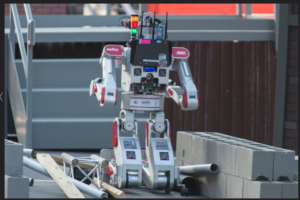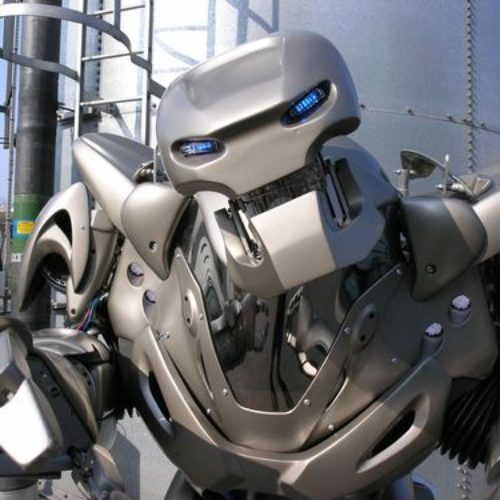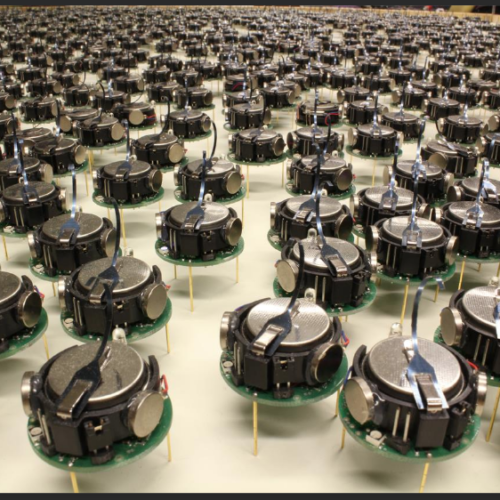Atlas The Robot Is Becoming Even More Human
Atlas, developed by Boston Dynamics with funding from the United States Defense Advanced Research Project (DARPA), is a 1.8 meter (6 foot) humanoid. It is intended that Atlas will eventually aid emergency services in search and rescue operations, doing tasks and entering areas that are unsafe for humans. DARPA has said it has no interest in using the robot in warfare, to attack or in defence.
First shown to the public in July 2013, the progress made between then and the latest version that was unveiled on 16 November 2017 has been likened to a child growing up and becoming more competent at every day tasks.
The control systems in Atlas allow it to coordinate the movement of its arms and legs, and to balance while performing tasks. All the time improvements are being made to these systems, and each time a new version is released, the difference is very noticeable.

Atlas at the forefront of the scene
Developing Atlas
Each year since it was first unveiled, Boston Dynamics has kept the public up to date with its progress.
- 2013 – The first version was about 5.9 foot tall and could navigate rough terrain and climb independently using its arms and legs. This prototype had to be tethered to an outside power supply, so was limited in its range.
- 2014 – Atlas robots were programmed by six different teams and took part in the DARPA Robotics Challenge. This challenge tested the robots ability to climb in and out of vehicles, to drive the vehicles, to use a power tool and to open a door.
- 2015 – Atlas came second to the Korean robot, DRC-Hubo, in the DARPA robotics finals. The entire course and all its tasks were completed in six minutes less by the winner. The course had eight tasks, including removing debris blocking an alleyway, opening a door to enter a building and driving a utility vehicle.

Korean Winner DRC-Hubo
- 2016 – The latest version is able to operate indoors and outdoors, and is very capable of walking over various different types of terrain, including snow. Electrically powered and hydraulically activated, it uses sensors in its body and legs to balance. It has LIDOR and stereo sensors in its head to help it assess the terrain, for navigation, so it can avoid obstacles and manipulate objects, even if they are being moved. It is the stereo vision and range sensors that give Atlas the ability to manipulate objects and navigate rough terrain.
- 2017 – This version has all the attributes of the 2016 model but now can jump from one box to another and do a 180 degree turn while in the air. It can also perform a backflip. Atlas can keep its balance when jostled or pushed and can get up again if it is knocked over.
The movements of Atlas are more fluid than ever, but it still has a way to go to be a good as is needed for the tasks it is destined for. However, each video Boston Dynamics releases of Atlas show how quickly progress is being made and how much more humanoid each version becomes.
You might also like
TITAN the ROBOT
As a first robot on our site, we’re introducing the most famous one – TITAN the ROBOT. Titan is from the UK. He is quite a big deal in the
No Mans Land Robots
At the moment there are a set of remarkable robots in development, essentially their main purpose is to go into places where no humans could safely go without risking major
Military Shape-Shifting Robot
In current times soldiers are able to deploy little drone style robots into the battlefield to attempt to perform tasks such as scanning the area or perhaps delivering things. The



